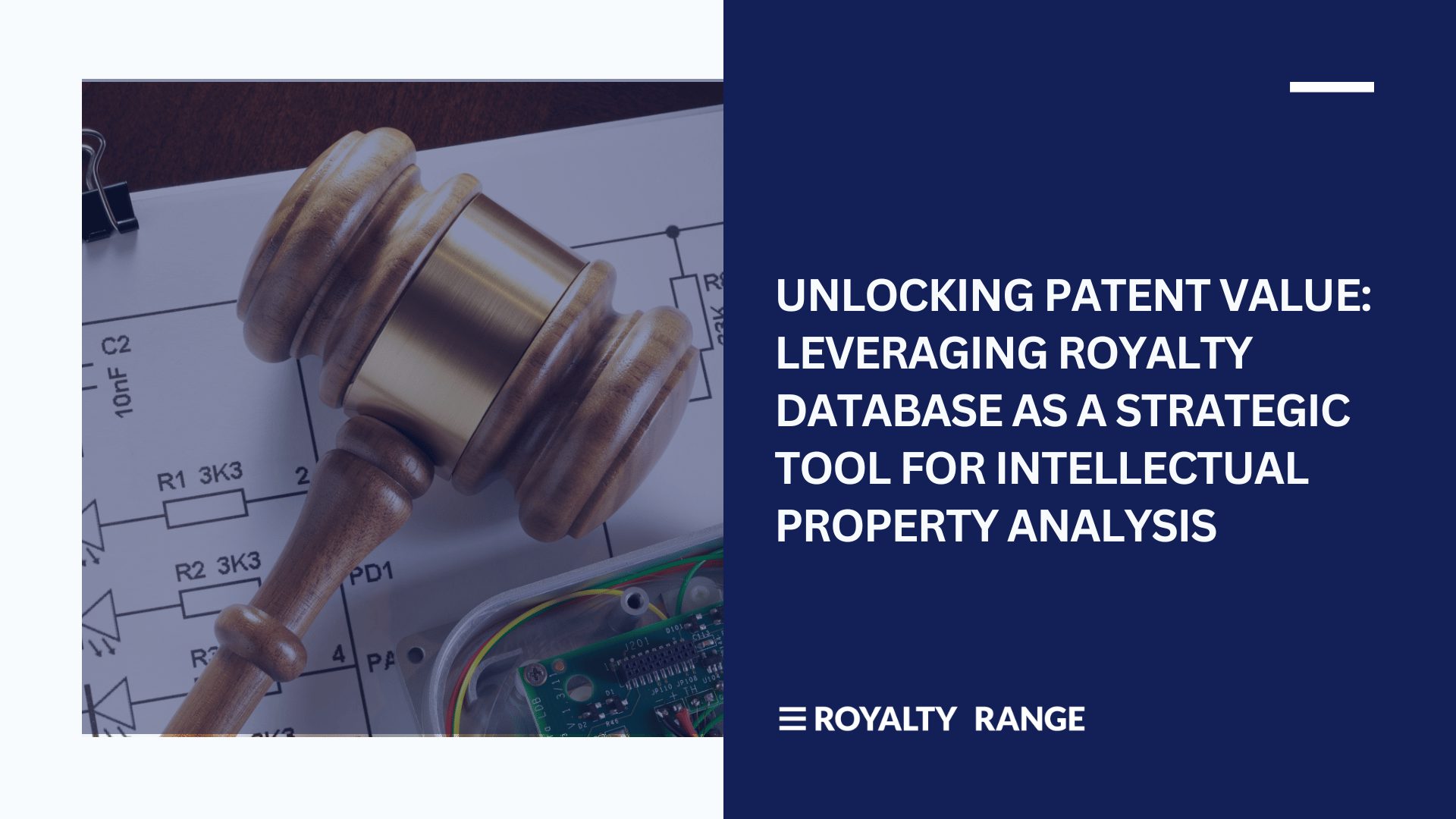Unlocking Patent Value: Leveraging Royalty Database as a Strategic Tool for Intellectual Property Analysis
RoyaltyRange

Our Royalty database provides information about royalty rates for various types of intellectual property, such as patents, trademarks, copyrights, and more. There are some ways in which this database could be valuable in the context of patent research:
- Comparative Analysis: If you have a patent in a particular technology domain or industry, you might use royalty database to search for licensing agreements associated with similar technologies. This can provide insights into the commercial value of inventions within a specific field and help you assess the potential financial worth of your patent.
- Valuation: this data can be used as a reference point for patent valuation. By identifying comparable licensing agreements, you can gauge the potential royalty rates that similar patents have generated in the market. This information can be valuable when determining the value of your own patent for licensing or sale purposes.
- Market Trends: Examining the royalty rates for patents in a particular sector over time can provide insights into market trends and demand for certain technologies. This can be helpful in making strategic decisions about patent filing, commercialization, or technology investment.
- Infringement Analysis: If you suspect that your patent is being infringed upon, RoyaltyRange data might be used to identify licensing agreements related to similar technologies. This information could aid in assessing whether your patent is being used without authorization and in determining potential damages.
- Negotiations: When entering into licensing negotiations or discussions with potential licensees, RoyaltyRange data can serve as a reference point to help you establish reasonable royalty rates based on market standards.
Let RoyaltyRange data empower your decisions. Our sales experts are ready to assist you and provide with the support in navigating the intricate world of patents.
The information provided below is for general informational purposes only and should not be construed as legal or tax advice. It is not a substitute for consulting with a qualified legal or tax professional.